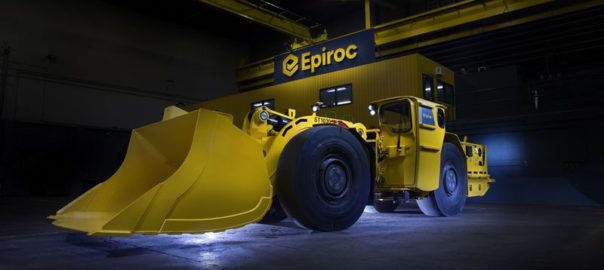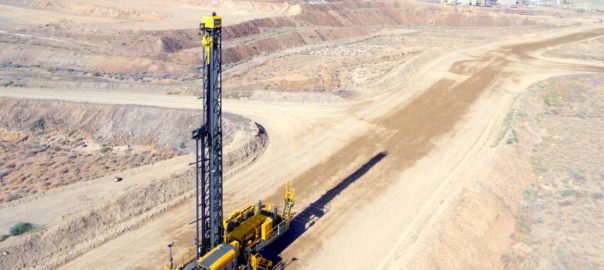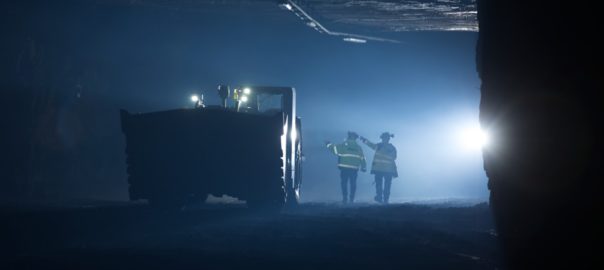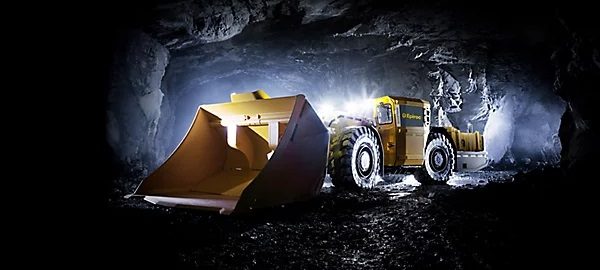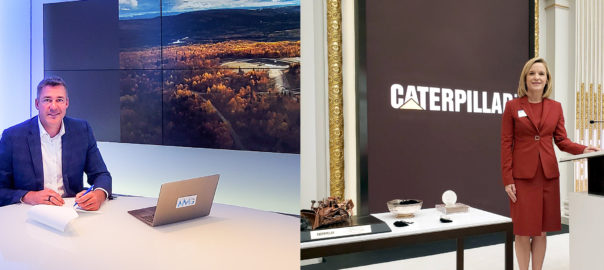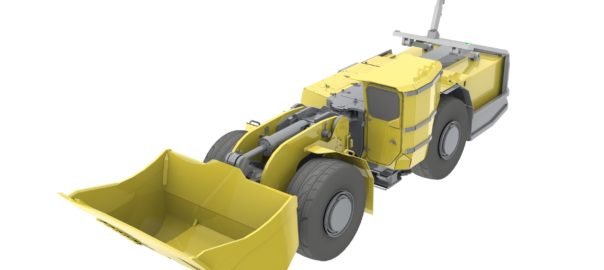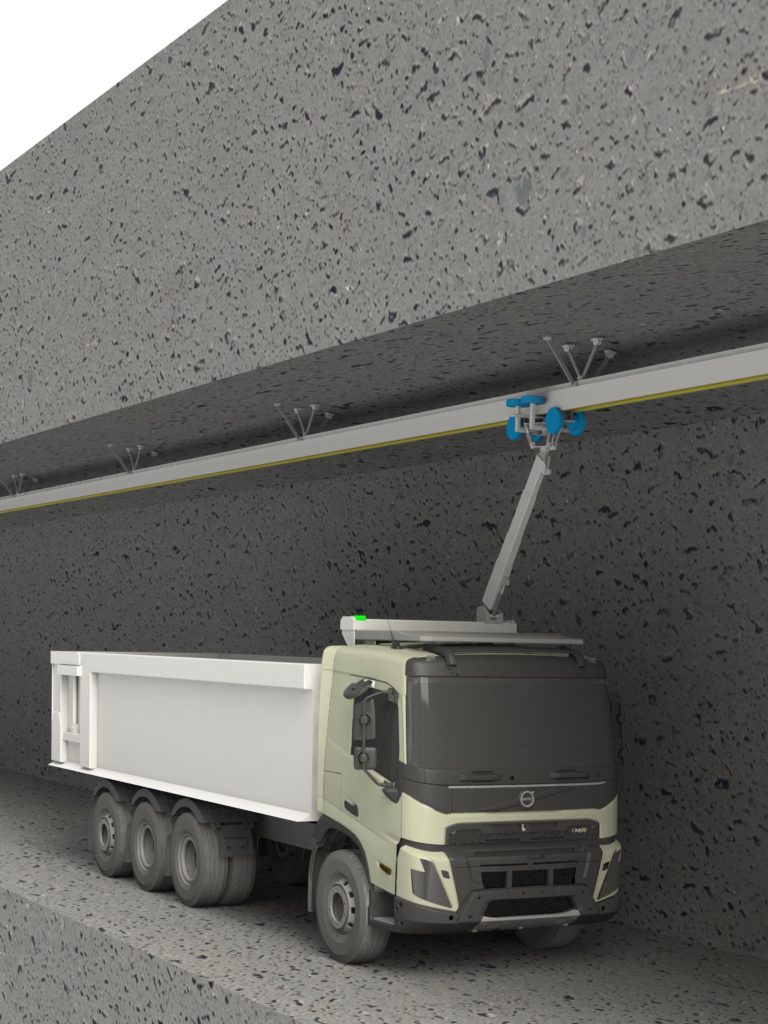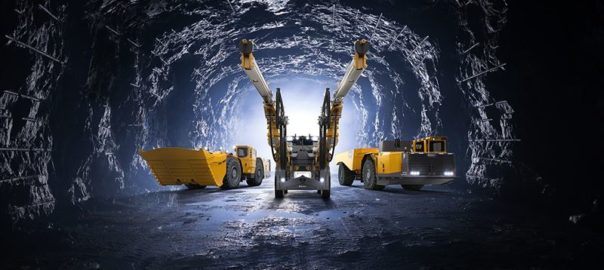Epiroc is now offering customers conversion kits that, it says, “seamlessly transform” loaders from diesel-powered to battery-electric driven means, with the company having secured its first order for the solution from Evolution Mining’s Red Lake gold operations in Canada.
The new offering will speed up the mining industry’s shift to an emissions-free future, Epiroc said.
Battery conversions are already underway in Canada, with Epiroc’s Scooptram ST1030 loader being the first vehicle to undergo the transformation. Evolution Mining, earlier this year, ordered the conversion of two diesel-powered Scooptram ST1030 machines for use at Red Lake, in Ontario. In addition, it also ordered two new Scooptram ST14 Battery loaders and one Minetruck MT42 Battery to add to the fleet at Red Lake.
The company has been helped in this electrification pursuit by Ontario-based FVT Research, a Canada-based company with expertise in converting diesel-powered mining machines to battery-electric vehicles. Epiroc announced plans in September to acquire the company.
Kits to convert the Scooptram ST1030, one of Epiroc’s most popular loaders, are now available to order through most of Epiroc’s Customer Centers worldwide, the OEM said. Conversion kits for other machines will follow, including for the Scooptram ST14 loader, which is already being tested as a converted version.
Helena Hedblom, Epiroc’s President and CEO, said: “Converting existing diesel machines to battery electric will be a smart and cost-efficient alternative for mining companies that want to electrify their operations. It will be an important part as we together continue the drive toward emissions-free operations.”
The conversion involves removing the diesel engine, adding the battery and changing to an electric drive line. The end result is the same or higher performance level as diesel machines with all the added benefits of battery technology, which includes zero emissions and a healthier underground environment for operators, Epiroc said.
Epiroc’s service organisation will offer a quick turnaround time for the conversion, which is included in a midlife rebuild and puts machines back on site ready for heightened performance without unnecessary disruptions to production, it added.







